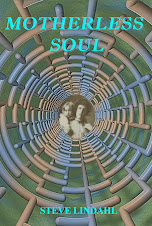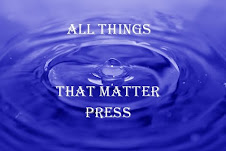 Daughter of Fortune by Isabel Allende
Daughter of Fortune by Isabel AllendeMy rating: 4 of 5 stars
Daughter of Fortune is the story of Eliza Sommers, a nineteenth century woman raised in the home of a well-to-do brother and sister in Valparaiso, Chile. The first part of the book takes place in Chile. The second part is set in San Francisco during the California gold rush.
Isabel Allende's writing is beautiful and accessible. She writes from inside the heads of her characters, making them real and sympathetic. Here's a sample from a letter Eliza is writing to her “faithful friend, the sage Tao Chi'en”:
"I am finding new strength in myself; I may always have had it and just didn't know because I'd never had to call on it. I don't know at what turn in the road I shed the person I used to be, Tao. Now I am only one of thousands of adventurers scattered along the banks of these crystal-clear rivers and among the foothills of these eternal mountains. Here men are proud, with no one above them but the sky overhead; they bow to no one because they are inventing equality. And I want to be one of them. Some are winners with sacks of gold slung over their backs; some, defeated, carry nothing but disillusion and debts, but they all believe they are masters of their destiny, of the ground they walk on, of the future, of their own undeniable dignity.”
The story is Eliza's, which brings me to my single complaint. I felt too much time was spent on the backgrounds of some of the other characters. I thought Rose's background was necessary, because she raised Eliza and understanding her baggage was critical to understanding the choices she made. I also though Joaquin's story was important, because Eliza's relationship with him was the force that drove her forward during most of the book. However, I thought there was too much time spent on Tao's background and Jacob Todd's story was almost entirely unnecessary. There were intriguing parts in those sections, but I believe tightening them would have advanced the plot just as much without slowing the story.
Overall, Daughter of Fortune was a very good read. I intend to read the sequel, Portrait in Sepia.
Steve Lindahl – author of Motherless Soul, White Horse Regressions, Hopatcong Vision Quest, and Under a Warped Cross.
View all my reviews








